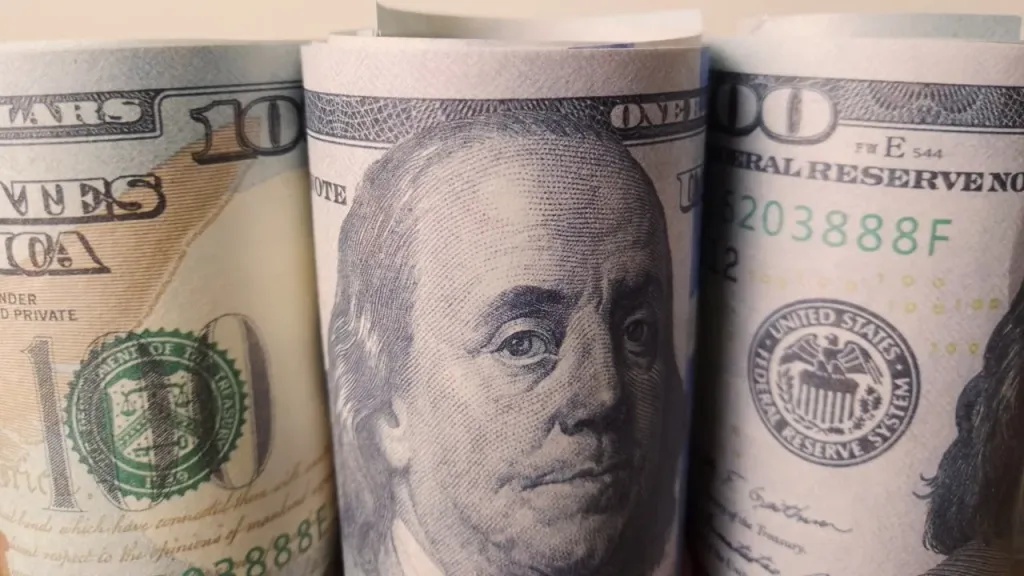The dollar posted its biggest drop in the first half of the year since 1973. What's weighing on it?
ING currency strategist calls US currency a "scapegoat for Trump's unpredictable policies"

The dollar in 2025 showed the worst dynamics for half a century: the index of the American currency fell by more than 10% due to the trade policy of Donald Trump, the growth of US government debt and expectations of rate cuts by the Federal Reserve. As a result, investors are moving into euros and protective assets, while the demand for hedging dollar risks is growing.
Details
The dollar index, which measures the currency's strength against a basket of six others including the British pound, the euro and the Japanese yen, has fallen more than 10% since the start of 2025, reported Financial Times . This is the worst performance of the U.S. currency in the first half of the year since the 1970s, when the world was abandoning the Bretton Woods system (the dollar is pegged to gold and other currencies to the dollar) and moving to free currency convertibility, the newspaper said.
"The dollar has become a scapegoat for [US President Donald] Trump's inconsistent policy 2.0," ING currency strategist Francesco Pesole told the publication.
The dollar's appeal as a safe haven for investors is now being undermined by the trade war waged by Trump, huge U.S. borrowing and concerns about the independence of the Federal Reserve, Pesole said. Let's look at each of the reasons in more detail.
U.S. government debt
In trading on Monday, June 30, the dollar was down another about 0.2% - amid consideration in Congress of amendments to Trump's "big and beautiful" tax bill, writes FT.
The bill is expected to increase US government debt by $3.2 trillion over the next decade. It also increases fears about the sustainability of Washington's borrowing, which provokes investors to withdraw from the US Treasury bond market, the FT notes.
Trade war
The dollar's fall belied predictions made by analysts earlier this year: that Trump's trade war would do more damage to economies outside the U.S., stoke inflation at home and thereby strengthen the U.S. currency against rivals.
It turned out to be the opposite: the euro, which Wall Street had earlier predicted would reach parity with the dollar this year, rose by 13% increased the euro. It now stands above $1.17. The European currency outperformed the U.S. currency as investors focused on the risks of a slowdown in the world's largest economy and demand shifted toward safer assets such as German bonds, the FT noted.
Trump's duties came as a "shock" in terms of US policy fundamentals, according to Andrew Balls, investment director for global debt instruments at Pimco.
Expectations of a Fed rate cut
The weakening of the dollar this year is also influenced by growing expectations that the Federal Reserve will cut rates more aggressively to support the U.S. economy, as insisted by the U.S. president. Futures contracts now suggest at least five quarter-point rate cuts by the end of next year, the Financial Times says. The lower the rates, the cheaper it is to borrow: hence, money is worth less.
Hopes of lower interest rates have helped US stocks shrug off fears of a trade war and conflict in the Middle East and reach record highs. However, due to the weakening dollar, the S&P 500 index still lags its European peers significantly when measured by returns in a single currency, says the FT.
Reducing dependence on the dollar
Major investors - from pension funds to central bank reserve managers - are expressing their desire to reduce their exposure to the dollar and US assets this year and are questioning whether the currency still provides solid protection against market fluctuations, writes the FT.
"Foreign investors need a stronger currency hedge on dollar-denominated assets, and this is another factor that is preventing the dollar from rising following the recovery in the U.S. stock market," ING's Pesole said.
According to Andrew Balls, there is no serious threat to the dollar's status as the de facto world reserve currency. But this, he added, "does not mean that we cannot see a significant weakening of the US dollar. Global investors are increasingly active in hedging their dollar risks - and this activity itself puts additional pressure on the U.S. currency, said Balls.
Why the decline may be slowing
The dollar's fall has taken it to its lowest level against rival currencies in more than three years. Given the speed of the decline and the popularity of betting on further dollar weakness, some analysts expect the currency may stabilize.
"The weakening dollar has led to a rebound in trade and I suspect the pace of decline will slow," said Guy Miller, chief market strategist at Zurich Insurance Group.
This article was AI-translated and verified by a human editor
